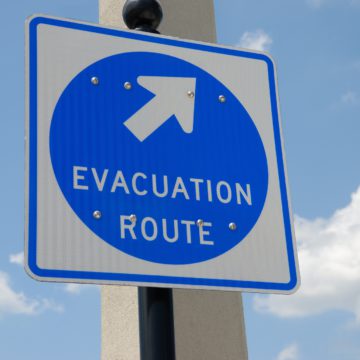Residents across the region know they can face a variety of disasters, but are we prepared to handle them if they strike without notice?
The RDCK says this is why it’s rolling out the Neighborhood Emergency Preparedness Program to support residents in the event of a flood, wildfire, avalanche, landslides, or any potential disaster.
According to RDCK emergency program coordinator Jon Jackson, the plan gives residents the tools they need to personally deal with an emergency as well as leverage support provided to neighbours in the event of a disaster.
“With a little planning, preparation, and support, residents can be self-sufficient for 72 hours or longer after an incident,” he says. “This allows first responders to focus on providing critical support by prioritizing those in life-threatening situations.”
According to a media release, the RDCK began a pilot program in 2022 and residents were very receptive to the idea, and were eager to work with their neighbors to be disaster resilient.
Nancy Corrin, part of the Queens Bay emergency team, said in the release the value of being able to work together as a community to build a strategy and cooperative action is imperative when preparing for emergencies.
“The process so far has been straightforward,” she says. “The tools are clear and can be adapted to whatever the community wants to include, based on the needs of the area.
“[The program] extends the concept of community preparedness and neighbour helping neighbour.”
According to the release, a 2014 Statistics Canada survey found less than half of Canadians had a home emergency supply kit, and were less likely to set aside items such as medication, water, food, flashlight or cash.





